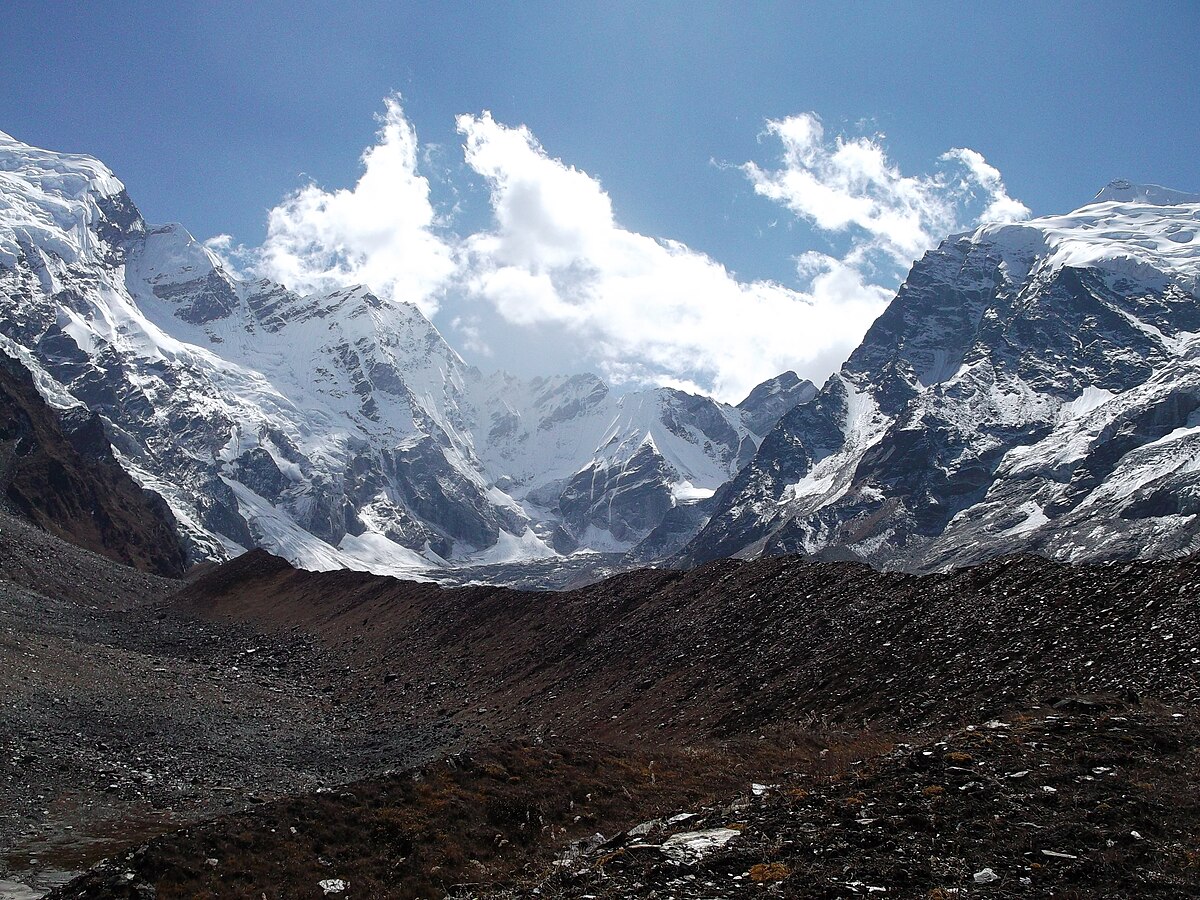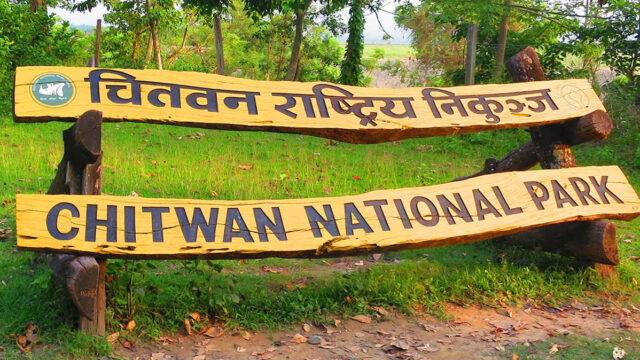The Api Nampa Conservation Area, situated in the northern reaches of Darchula district, is swiftly gaining recognition as one of Nepal’s top tourist spots. Celebrated for its tranquil environment, breathtaking mountain views, and abundant biodiversity, this conservation area is a magnet for nature enthusiasts and adventure lovers.
Natural and Cultural Attractions:
This conservation area serves as a sanctuary for diverse wildlife, rare medicinal herbs, and ancient temples of significant religious importance, cited in historical texts like the Vedas, Puranas, and the Mahabharata. Despite being blanketed by snow for seven months annually, it remains a popular destination for winter sports and activities. Traditional homestays further enhance its allure, providing visitors with authentic local experiences.
Access and Geography:
Reaching the Api Nampa Conservation Area requires a four-hour drive from Darchula’s district headquarters to Sitapul via India, followed by an hour-long hike. Spanning 1,903 square kilometers, the area’s elevation ranges from 539 meters to 7,132 meters, and it is bordered by the Bajhang district to the east, the Mahakali River, and India’s Uttarakhand district to the west, China’s Tibet Autonomous Region to the north, and Naugad Rural Municipality to the south.
Biodiversity and Wildlife:
Home to 59,609 residents across 8,979 households, the area celebrates festivals such as Dhyula, Gaura, and Bisu. It is home to a variety of wildlife, including 25 mammal species, 243 bird species, 35 fish species, and over 75 medicinal plant species. Notable wildlife includes the snow leopard, musk deer, Himalayan black bear, and various pheasants.
Economic Importance of Yarsagumba:
Renowned for yarsagumba, a prized medicinal fungus, the area generates significant revenue from its harvest. Chief Warden Vinay Kumar Jha reports an annual collection of 850 kilograms, yielding NPR 18,086,805 this fiscal year, up from NPR 15,201,625 last year. Collection fees range from NPR 500 for locals, NPR 2,000 for district residents, to NPR 3,000 for outsiders. However, staff shortages hinder the effective management of illegal collection activities.
Tourism Potential and Infrastructure Challenges:
Major attractions include Api Himal, Byas Himal, Brahmadah, Ranikot, and Thaisain. However, inadequate infrastructure and promotion present challenges. Efforts to improve accessibility include plans for a road linking to Tinker Pass, set to reopen on June 25. Additional enhancements in infrastructure, herb processing centers, and attractive tourism packages are under consideration.
Community and Economic Development:
Local communities, especially the Shauka tribe, heavily rely on herb collection. Resident Deepak Khati stresses the need for advancements in transportation, education, healthcare, and employment. Establishing herb storage and processing centers and setting fair market prices are essential steps.
Future Prospects:
With Tinker Pass reopening, significant economic and tourism growth is anticipated. Local and provincial governments are encouraged to focus on infrastructure improvements, promoting the area as a prime tourist destination, and leveraging its natural and cultural resources for economic development.
The Api Nampa Conservation Area, with its natural splendor, rich biodiversity, and cultural heritage, holds immense potential as a leading tourist hub. Efforts to bolster infrastructure, promote tourism, and sustainably manage natural resources will be crucial in realizing this potential.






